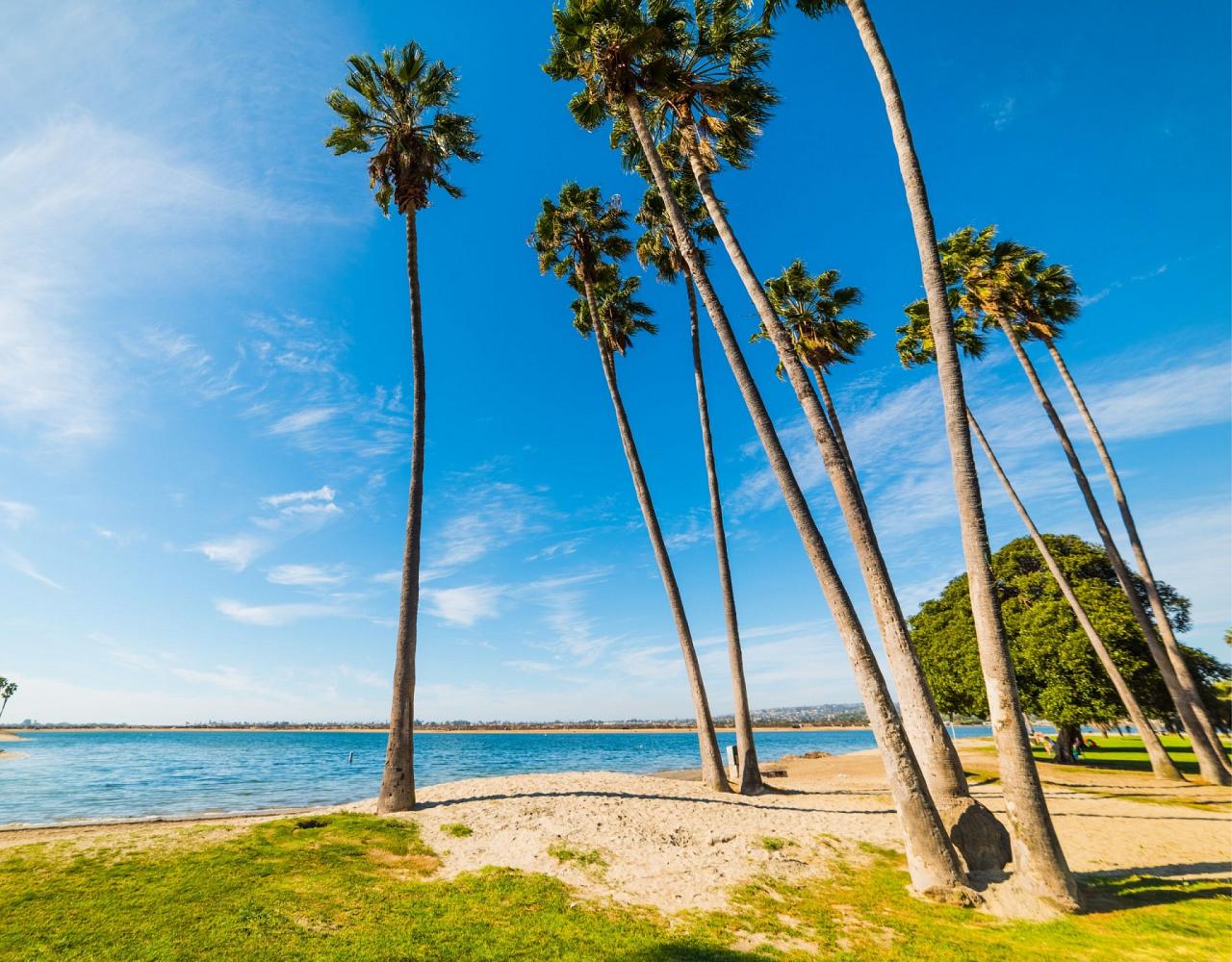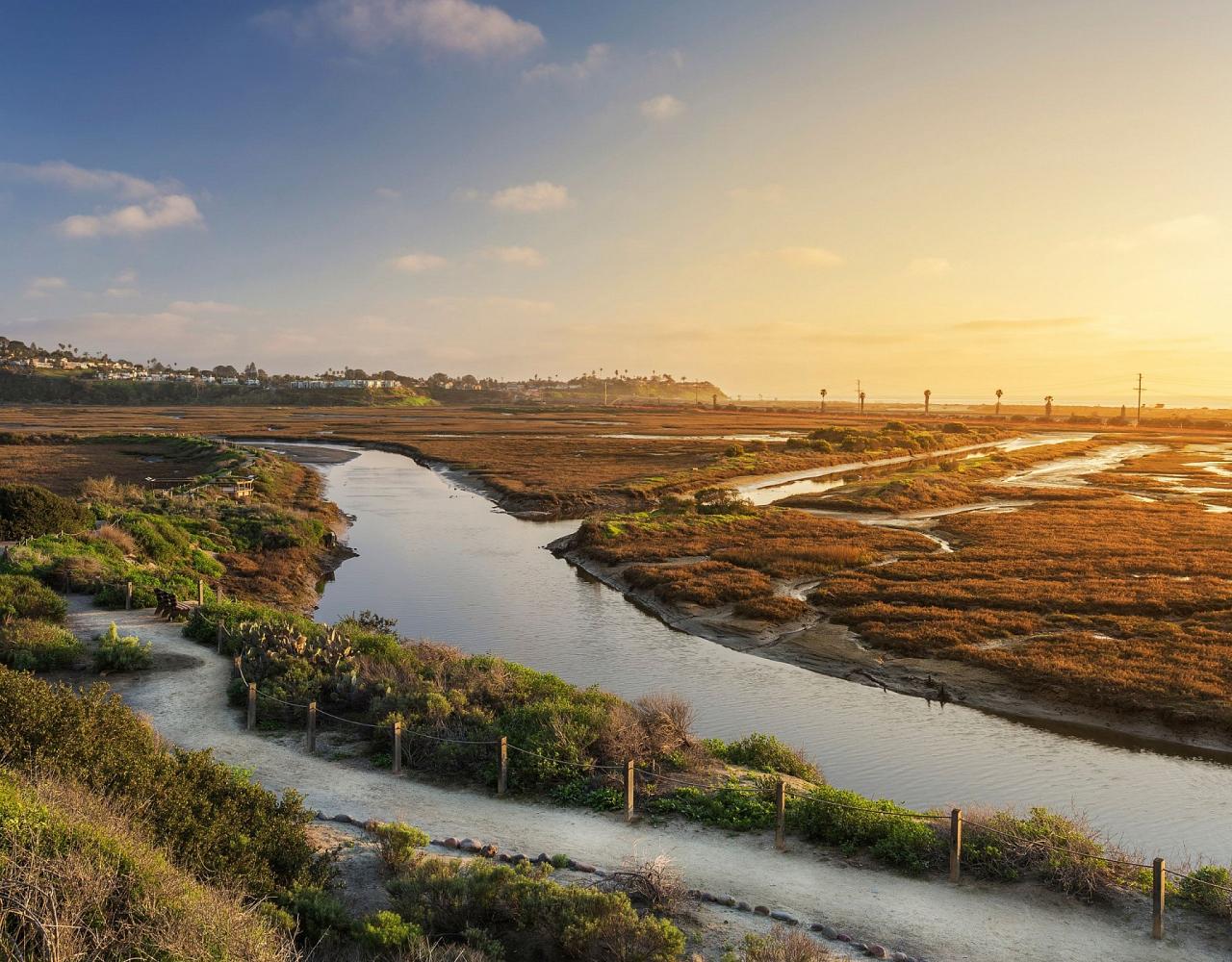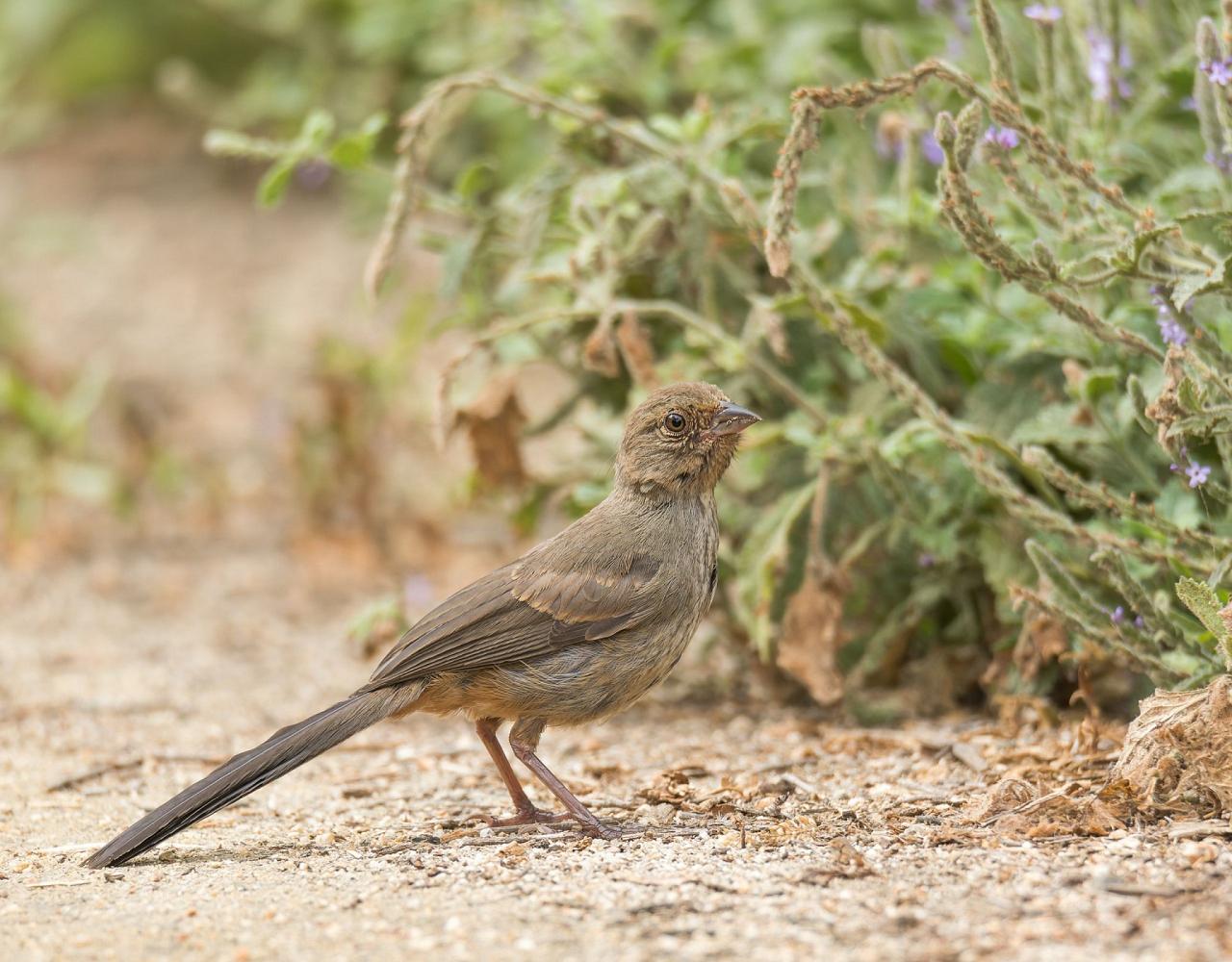- Overview
- Full Itinerary
- Photo Gallery
- Costing
- Travel Details
- Trip Reports
- Guides
- Know Before You Go
- Other Trips You May Like
Southern California—known for perfect temperatures year round, plenty of sunshine, and an easy, laid-back vibe. But! Did you know that for birders, Southern California is a lot like Southeast Arizona? The coastal habitats from Santa Barbara to San Diego are home to very specialized species that blip up over the border with Mexico that can be found no-where else in the United States. This fun and NEW! tour helps you navigate the bustle of SoCal to find the quiet, protected pockets of habitats where we find California endemics like Yellow-billed Magpie and Island Scrub-Jay, and regional endemics like Oak Titmouse, California Towhee, California Gnatcatcher, California Thrasher, and Nuttall’s Woodpecker, as well as Pacific Coast specialties like California Scrub-Jay, Brandt’s Cormorant, and California local Allen’s Hummingbird.
This tour is crafted in the classic Naturalist Journeys style with plenty of time in the field to watch, observe, and get a real sense of place, paired with deliciously fresh local dining options, and a fun camaraderie throughout. Join us!




Tour Highlights
- Bird Southern California from two base hotels—enjoy only packing up and moving hotels once!
- Embark on two pelagics; one to Channel Island’s National Park, the other on a whale-watching excursion from Mission Bay
- Explore Coal Oil Point Preserve, one of the largest breeding sites for Snowy Plover on the West Coast
- Visit Crystal Cove State Park for regionally endemic California Gnatcatcher
- Enjoy a special field trip and a private talk at Avian Behavior Conservancy
- See La Jolla Cove, famous for its California Sea Lions and Brandt’s Cormorant at arm’s length
- Head right to the border at the Tijuana River Valley for White-tailed Kite, Red-shouldered Hawk, and even Ridgway’s Rail

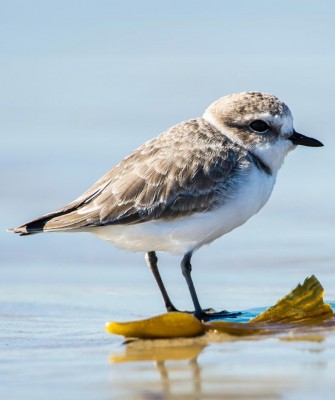


Trip Itinerary
Itineraries are guidelines; variations in itinerary may occur to account for weather, road conditions, closures, etc. and to maximize your experience.
Sat., Oct. 3 Arrivals
Eureka! You have arrived in sunny Southern California, a beautiful region with an abundance of sun, sand, surf, and mountains. California boasts an incredible 840 miles of coastline, which is where we spend most of our time. From Santa Barbara to San Diego, we visit some of California’s most unique coastal habitats and look for the state’s many avian specialties.
Please arrive into Los Angeles (LAX) by 12:00 PM. Once everyone has arrived, we head north of bustling Los Angeles to the quaint coastal town of Santa Barbara, our homebase for the first few days of our adventure. On the way to the hotel, which overlooks the Pacific Ocean, we have time to stop at one of the many lagoons or beaches en route to get a little birding warmup in before settling into our hotel. Nothing like starting the trip with a possible Elegant Tern or Heerman’s Gull sighting! Tonight, we enjoy a welcome dinner as we get to know our guides and fellow traveling companions.
Accommodations at Hotel Milo (D)
Sun., Oct. 4 Channel Islands National Park
The adventure really begins and we get out on the water for the first time. Today we visit one of California’s nine national parks; Channel Islands National Park is comprised of five islands jutting out from the Pacific Ocean, with over 12,000 years of human history. The Chumash people inhabited these islands for thousands of years. And as important as these islands are in human history, they’re equally important to avian life. The Channel Islands are critically important to local seabird life, hosting the largest breeding colonies of seabirds in Southern California, and home to the only breeding colony of Brown Pelicans in California. The Channel Islands are also home to the endemic Island Scrub-Jay, which is North America’s only island endemic bird species.
Our ferry takes us out to the island, where we have chances to see majestic Humpback Whale, Risso’s and Bottlenose Dolphins, seals, and many pelagic birds. We are on the lookout for Parasitic Jaeger, Black and Ash Storm-Petrel, along with Northern Fulmar, and Pink-footed Shearwater. These tectonic islands are always full of surprises and the perfect way to spend our first full day together. The main target of the day will be the Island Scrub-Jay, one of only a handful of endemic birds in the United States. We spend the day on Santa Cruz Island hiking the local trails, looking for birds, and maybe even seeing an Island Fox.
Accommodations at Hotel Milo (B,L,D)
Mon., Oct. 5 Coal Oil Preserve | Nojoqui Falls | Zara Station
After yesterday's trip out to the Channel Islands, we mix it up and head along the coast just north of Santa Barbara and then inland. Our first stop is Coal Oil Point Preserve. This preserve is known for its sandy beaches and dunes, which are ideal for finding the adorable Snowy Plover. This is one of the largest breeding sites for Snowy Plover on the West Coast, protected since 1999 as a critical habitat. This area gives us our first shot at Wrentit, Pacific Golden-Plover, and maybe even a Savannah Sparrow (Belding’s subspecies) if we’re lucky.
After the morning at the beach, we start working our way inland to Nojoqui Falls State Park. Nojoqui Falls is considered the most graceful waterfall in California—it drops a hundred feet over a sandstone wall. The surrounding lush oak and sycamore habitat is perfect for our first chances at Oak Titmouse, Band-tailed Pigeon, and another regional endemic, the Nuttall’s Woodpecker.
Once we are finished enjoying Nojoqui Falls, we head inland for some lunch in Buellton. Then, we set off for another one of the California endemics, the Yellow-billed Magpie. We spend some time searching the Zara Station area for this California specialty.
Given time, and depending on what species we have picked up on throughout the day, we have the option to explore some more oak scrub habitat or make our way back to the beach. We want to make sure we leave enough time for dinner and to get back to our hotel for one of Earth's greatest spectacles, a Pacific Ocean sunset.
Accommodations at Hotel Milo (B,L,D)
Tues., Oct. 6 Bolsa Chica | Crystal Cove | San Diego
After breakfast, we bid farewell to Santa Barbara and make our way south along the coast to the birthplace of California—San Diego. The first permanent Spanish settlement in California was established here in 1769. Along the way, though, we have a few exciting places to visit.
First up is Bolsa Chica Ecological Preserve. This 1,445-acre reserve was first established in 1997 to protect the remnants of the extensive coastal wetlands here. Bolsa Chica Ecological Reserve is a wonderful place that focuses on restoration of degraded habitats, propagation of native plants, education, and protecting habitat for coastal birds. Bolsa Chica provides habitat for a wide variety of birds, from hunting Peregrine Falcon to nesting Black-bellied Plover. We can even search the Pickleweed for more Belding’s Savannah Sparrow.
The next stop on our coastal route south is Crystal Cove State Park. Here we have our first opportunity to see another regional endemic, the California Gnatcatcher. We’re also on the lookout for Black Turnstone and California Towhee. Once we’ve explored our fill, we find a nice spot along the coast for lunch before making the final push to San Diego, where we’ve booked a great hotel right across from North San Diego Bay. It's the perfect place to enjoy an evening stroll out to the docks for stunning views of downtown San Diego glowing in the night.
Accommodations at Half Moon Inn (B,L,D)
Wed., Oct. 7 La Jolla Cove | Lake Hodges | Avian Behavior Conservancy
Today we have a special treat planned. We are excited to visit Avian Behavior Conservancy (ABC) for some avian education and talks about conservation. First up on our path to ABC, we make a stop at the world famous La Jolla Cove. Known as one of the most expensive places in the country to live, the Brandt's Cormorant have decided to take up residence on the cliffs here and we get arms-length views of these blue-throated beauties. The rocky outcroppings here can also provide viewing opportunities for charismatic Black Oystercatcher or the busy Wandering Tattler.
Our next stop is Lake Hodges. Here, we hope for a wide variety of the “California” species, such as California Thrasher, Towhee, Quail, and Gnatcatcher. This reservoir, created by the building of the Hodges Dam in 1918, offers a perfect habitat for these birds; we even have the chance here for Greater Roadrunner, which is always a special treat to see.
After lunch, we make our way to our specially-planned visit at Avian Behavior Conservancy. ABC was founded to use the most progressive and contemporary positive reinforcement techniques to bridge the art of training birds with the science of animal behavior, and with the desire to harness humankind's inherent fascination with birds to illustrate the peril of the disappearing natural world and inspire conservation action. At the ABC Ranch, we discuss how conservation and agriculture come together in unique ways all across the planet for a more sustainable future. They have also planned an educational talk and raptor flight demonstration just for us.
Accommodations at Half Moon Inn (B,L,D)
Thurs., Oct. 8 Whale Watching | San Elijo Lagoon
Today we head back out to sea, kicking off with a whale watching excursion out of Mission Bay. We can hope for the local (and huge) pods of Common Dolphins to escort us out of the bay and into open water. Be on the lookout for migrating Blue and Humpback Whales, as well as Fin Whales. We may even catch a few pelagic birds (you never know where a Brown Booby might occur in this area). We could also see Least Storm-Petrel or Black-vented Shearwater on this short excursion.
The rest of our day is spent with the birds before heading back to our hotel. We set our sea legs aside and we head a little north to San Elijo Lagoon. This is one of the largest wetlands in San Diego, at almost 1,000 acres, and boasts an outstanding list of over 270 bird species. This park and wetlands have a wide range of habitat for us to explore, such as wetland habitats of coastal strand, salt marsh, freshwater/brackish marsh, riparian scrub, coastal sage scrub, and mixed chaparral. Twice a day, as the tide ebbs, the mudflats are exposed, providing rich feeding areas for shorebirds and ducks. San Elijo Lagoon should produce a great mixture of species from Marsh Wren to Northern Harrier to Yellow-crowned Night Heron.
Accommodations at Half Moon Inn (B,L,D)
Fri., Oct. 9 Tijuana River Valley | San Diego River | Cabrillo National Monument
Our final full day on the California Coast first takes us to the very southern edge of the state as we visit the Tijuana River Valley. There are many unique areas down near the border, so we use this opportunity to look for species we may have missed along the way. This can be a great area to see White-tailed Kite, Red-shouldered Hawk, or even a calling Ridgway’s Rail. We will have a full morning to spend in the valley and its many unique habitats.
After a fine local lunch, we make our way over to the mouth of the San Diego River. Tucked between Mission Bay and Ocean Beach, this final stretch of the San Diego River, as it meets the Pacific Ocean, is a birding must. This is a marvelous place to look for Little Blue and Tricolored Heron, plus Reddish Egret, and hopefully the crowd favorite, Black Skimmer.
Before our farewell celebratory dinner tonight, given time, we plan to visit Cabrillo National Monument at the southern tip of Point Loma. The views of San Diego Harbor and the downtown skyline are superb from here. Along with the views, this also have one final look at stunning birds like Black Turnstone or a Surf Scoter riding the waves just offshore.
Accommodations at Half Moon Inn (B,L,D)
Sat., Oct. 10 Departures
It’s time to make like a pelican and scoop up your belongings, as our squadron disperses today. We’ll enjoy breakfast, then make a leisurely departure to the airport. We plan to arrive at the San Diego Airport by 10:30 AM for flights out after NOON. (B)
Cost of the Journey
The cost of the tour is per person, based on occupancy: $TBD (For reference, 2025 pricing was $4090 DBL / $5070 SGL), from Los Angeles, departing San Diego. The cost includes seven nights’ accommodations, all meals as noted in the itinerary, airport transfers, ground transportation in vans, professional guide services, park and other entrance fees, and miscellaneous program expenses.
The cost does not include round-trip airfare to Los Angeles and from San Diego, personal expenses such as laundry, telephone, drinks from the bar, and gratuities for luggage handling or other services. Guide gratuities are at your discretion.
Travel Details
Please plan to make air travel plans only after the minimum group size has been met. We will send you a confirmation email as soon as the trip has been confirmed.
Arrival Airport: Los Angeles International (LAX)
Arrival Details: Please plan flights to arrive October 3, 2026, no later than 12:00 PM
Departure Airport: San Diego International (SAN)
Departure Details: Please plan flights to depart on October 10, 2026, after 12:00 PM
Travel Tips: If you arrive early to rest up from your travels, there are many hotels around the Los Angeles International Airport. The Hyatt Regency Los Angeles International Airport is adjacent to the airport and a short walk or free shuttle. The Hilton Garden Inn LAX is another option that is close to the airport and has a free shuttle. If you arrive early, please plan on meeting back at the airport by 12:00 PM on September 28.
Browse below for trip reports and species lists from past versions of this and other tours from this destination.
California
Birds & Wine
- December 2021
Death Valley
- March 2012
- March 2013
- March 2014
- March 2022
Sierras to Seacoast
- September 2013 (Sierras)
- October 2013 (Coast)
Southern California
- January 2023
- September 2025
Southern California
- January 2023
- September 2025
-
Robert Petty

Robert has dedicated his life to conservation, natural history, education, and the arts. Over the course of his career, he worked to protect wildlife and preserve vital habitats, with much of his later work focused on the Greater Yellowstone Ecosystem. As U.S. Program Director for the Yellowstone to Yukon Conservation Initiative, Robert led efforts in large-landscape conservation, with a particular emphasis on safeguarding habitat for grizzly bears. He also served as Vice President of Education for Yellowstone Forever, the official nonprofit partner of Yellowstone National Park, where he helped expand public understanding of the park’s ecology.
Before his time in the Yellowstone region, Robert spent nearly two decades with the National Audubon Society. There, he held national leadership roles including Director of Bird-Friendly Communities and Director of Field Support for the Western United States. His conservation career began with The Nature Conservancy, where he led education programs in Montana’s Crown of the Continent ecosystem along the Front Range of the Rockies. In addition to his conservation work, Robert has a strong foundation in the arts. He earned a BFA from Washington University in St. Louis and an MFA in painting from the University of Montana. Early in his career, he worked as a scientific illustrator in the University of Montana’s Division of Biological Sciences, contributing to numerous books and scientific publications. In 2010, he was honored as the featured artist for International Migratory Bird Day.
Robert is a co-founder of the Montana Natural History Center in Missoula and has served on the boards of several conservation and education organizations, including the Montana Environmental Education Association, Friends of the Lee Metcalf National Wildlife Refuge, and the Northern Rockies Heritage Center. An experienced naturalist guide, Robert has led tours across the U.S., Mexico, and South America, with destinations including coastal Oaxaca, Machu Picchu, and the Galápagos Islands. He now lives in the Bitterroot Valley of western Montana, where he enjoys woodworking, canoeing, hiking, birdwatching, and restoring his land with native plants.Other trips with Robert Petty
-
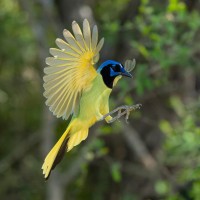 South Texas Birding & NatureJanuary 21 - 29, 2026
South Texas Birding & NatureJanuary 21 - 29, 2026 -
 Costa Rica Birding & NatureMarch 3 - 10, 2026, w/Pacific Coast extension
Costa Rica Birding & NatureMarch 3 - 10, 2026, w/Pacific Coast extension -
 Grand Oaxaca: Birds, Culture & CraftsApril 21 - May 2, 2026
Grand Oaxaca: Birds, Culture & CraftsApril 21 - May 2, 2026 -
 Yellowstone: Birds, Bears & WildlifeJune 4 - 10, 2026
Yellowstone: Birds, Bears & WildlifeJune 4 - 10, 2026 -
 Yellowstone: Birds, Bears & WildlifeJune 11 - 17, 2026
Yellowstone: Birds, Bears & WildlifeJune 11 - 17, 2026 -
 Yellowstone in The FallSeptember 19 - 25, 2026
Yellowstone in The FallSeptember 19 - 25, 2026 -
 Western Panama: Tranquilo BayNovember 1 - 8, 2026, w/Mt. Totumas extension
Western Panama: Tranquilo BayNovember 1 - 8, 2026, w/Mt. Totumas extension
-
-
Robert Gallardo
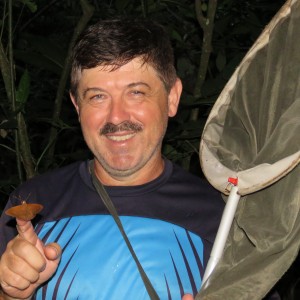
A California native who moved to Honduras in 1993 for the Peace Corps, Robert stayed to make a life there, diving headfirst into the world of tropical birds. He is now considered the country's leading authority on both avifauna and butterflies – a double expert on beautiful flying things. He leads tours for Naturalist Journeys to Panama, Honduras, Texas and Trinidad & Tobago. Robert is the current President of the Pro Nature Honduras Foundation, a small non-profit which promotes nature-based sustainable tourism and environmental education. He is also the co-founder of the Honduran Ornithological Society. He has authored two editions of the "Guide to the Birds of Honduras." He and his partner Olivia hope to publish the "Guide to the Butterflies of Honduras" sometime in 2022. The couple lives in Emerald Valley where they protect 50 acres of rich mid-elevation rainforest and are working to install a nature center with their foundation.
Other trips with Robert Gallardo
-
 Birds & Mammals of Ecuador's Andes FULL - See our March departure!November 17 - 30, 2025
Birds & Mammals of Ecuador's Andes FULL - See our March departure!November 17 - 30, 2025 -
 Birding from Bogota A Short & Sweet Colombia TourDecember 4 - 12, 2025
Birding from Bogota A Short & Sweet Colombia TourDecember 4 - 12, 2025 -
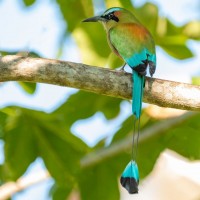 Honduras’ Emerald Valley FULL - Check out Best of Guatemala in January!February 10 - 16, 2026
Honduras’ Emerald Valley FULL - Check out Best of Guatemala in January!February 10 - 16, 2026 -
 Panama: Birds & MammalsFebruary 20 - 28, 2026
Panama: Birds & MammalsFebruary 20 - 28, 2026 -
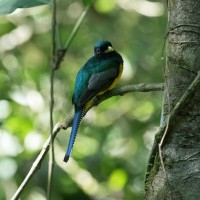 Belize: Three Great LodgesMarch 14 - 24, 2026
Belize: Three Great LodgesMarch 14 - 24, 2026 -
 Honduras’ Emerald Valley FULL - See our December departure!May 1 - 7, 2026
Honduras’ Emerald Valley FULL - See our December departure!May 1 - 7, 2026 -
 Grand Uganda July 7 - 24, 2026
Grand Uganda July 7 - 24, 2026 -
 Honduras’ Emerald Valley A Short & Sweet Birding BlitzDecember 1 - 7, 2026
Honduras’ Emerald Valley A Short & Sweet Birding BlitzDecember 1 - 7, 2026
-
Essential Information +
Packing List +
Suggested Reading List +
Useful Links +
Photo credits: Thumbnails: Elegant Tern, California Quail, Humpback Whale, Nuttall’s Woodpecker, Heerman’s Gull, Snowy Plover, California Gnatcatcher, Yellow-billed Magpie Banners: Brown Pelican, Santa Barbara Coast, Dolphins, Black Oystercatchers (Vernie Aikins)







